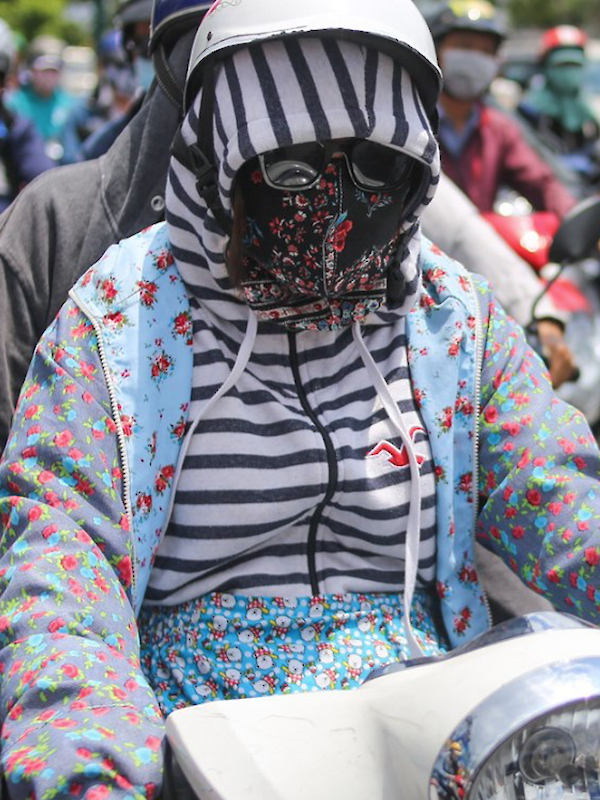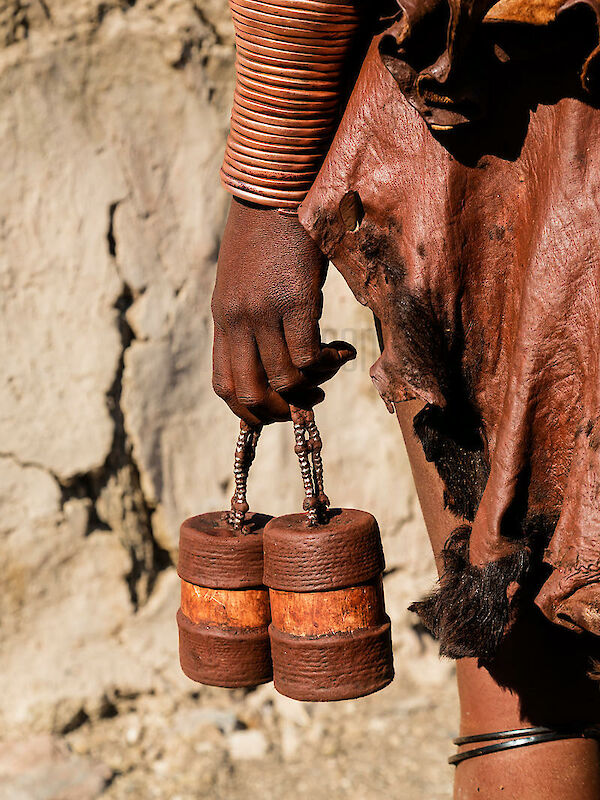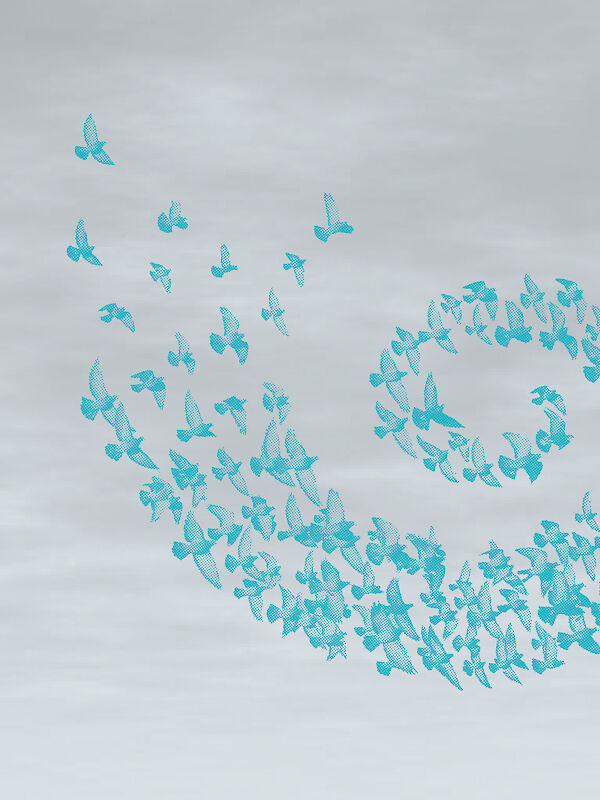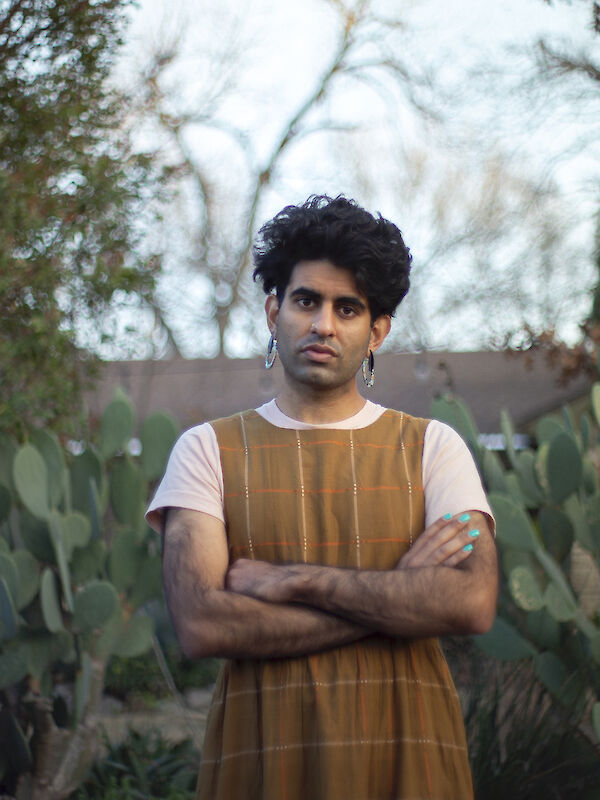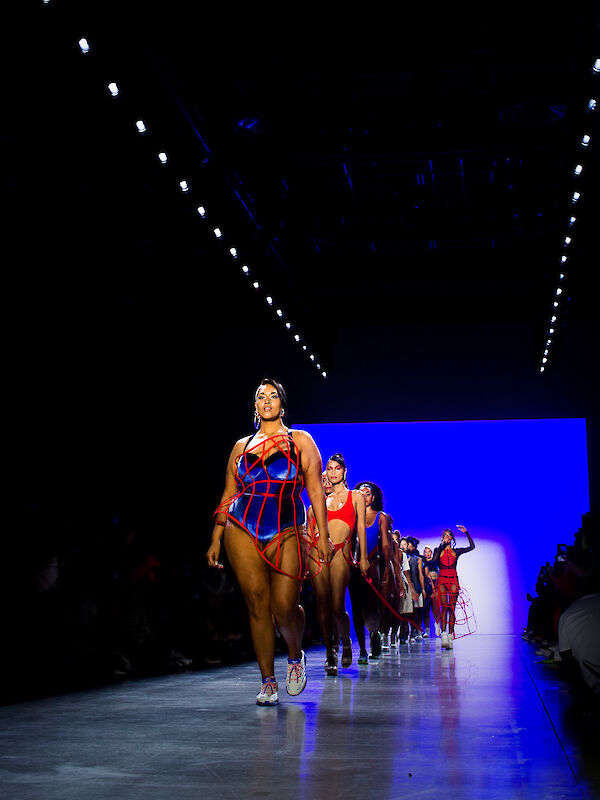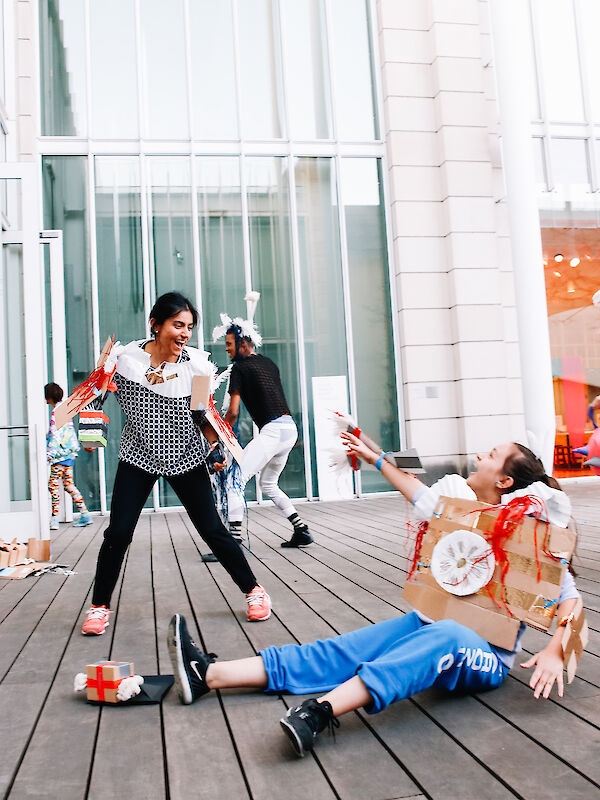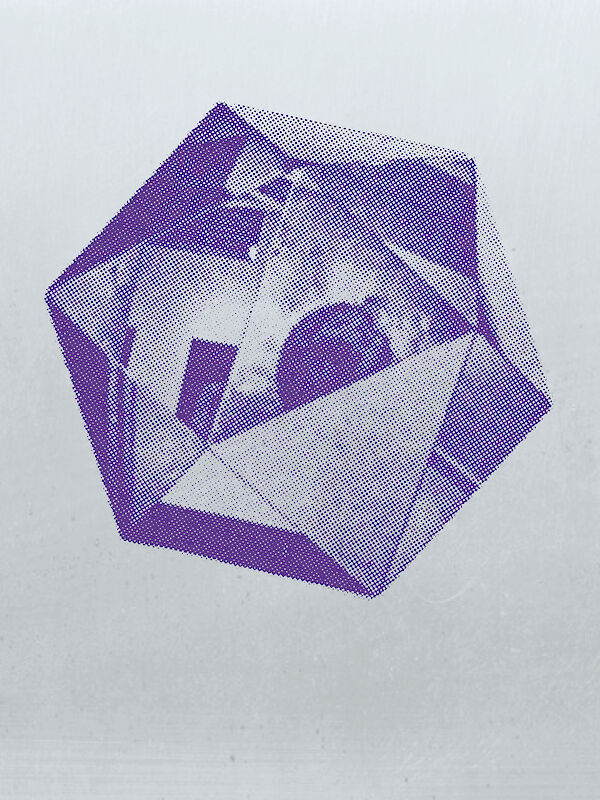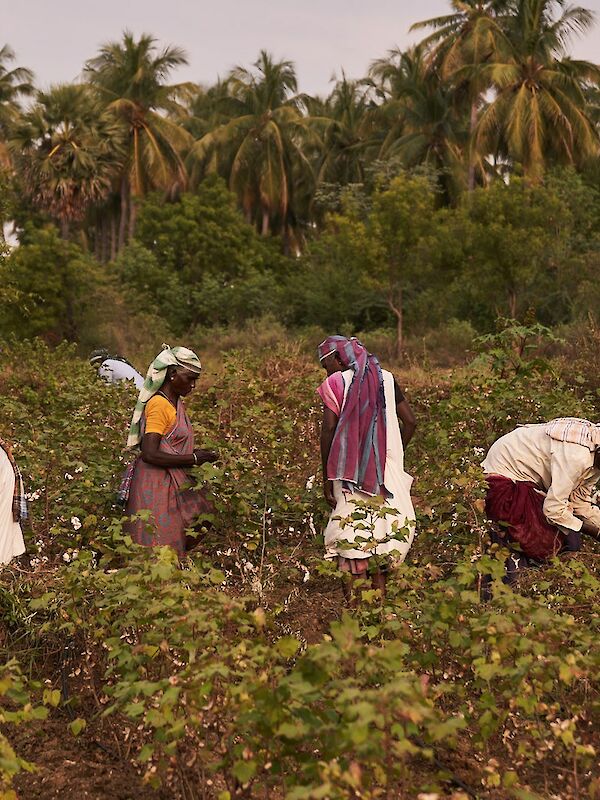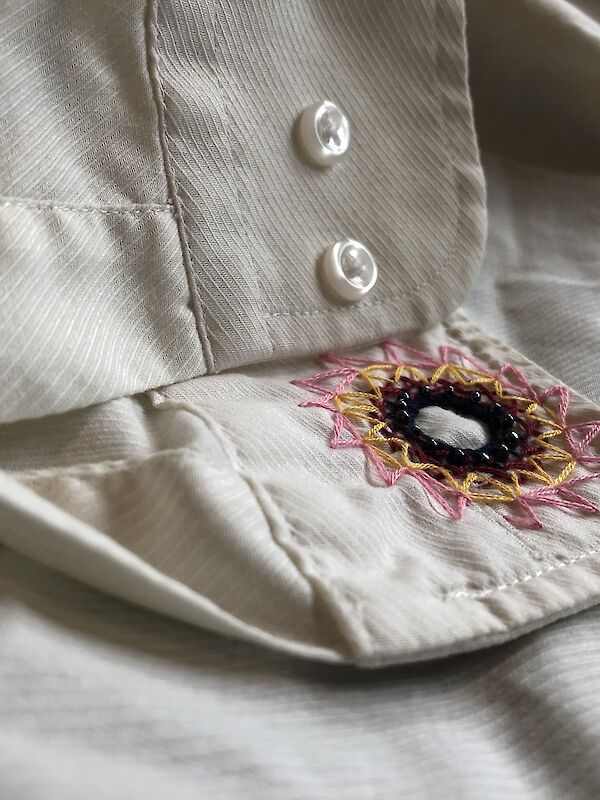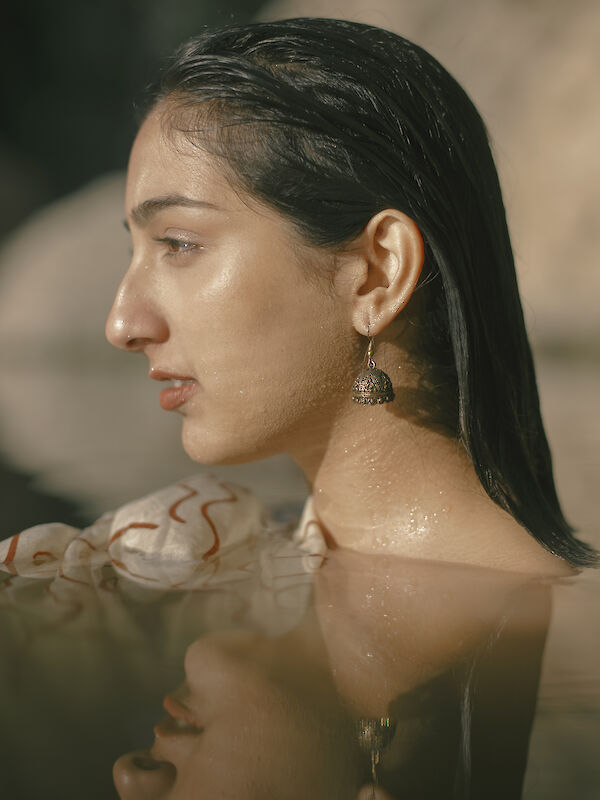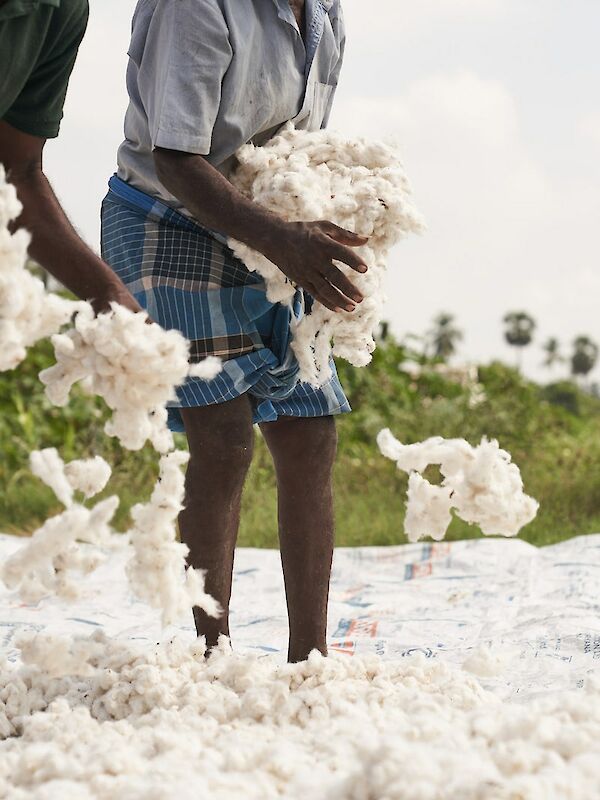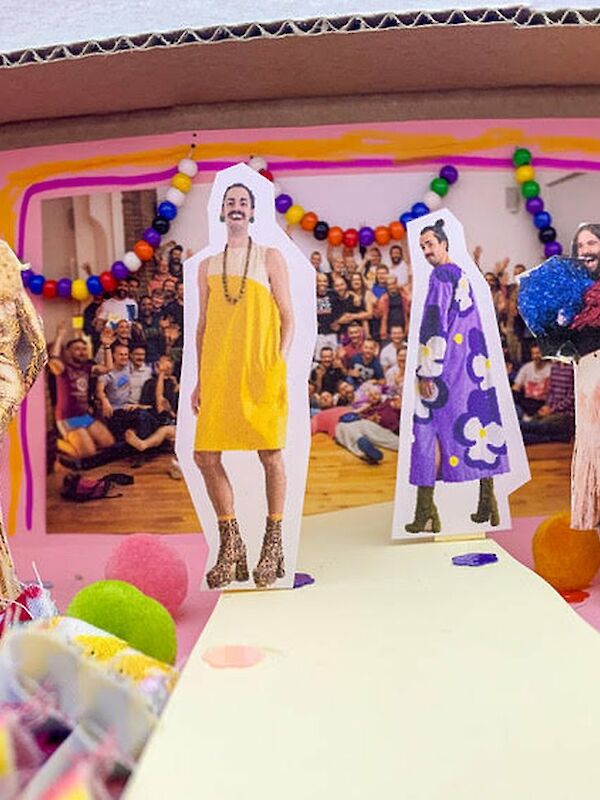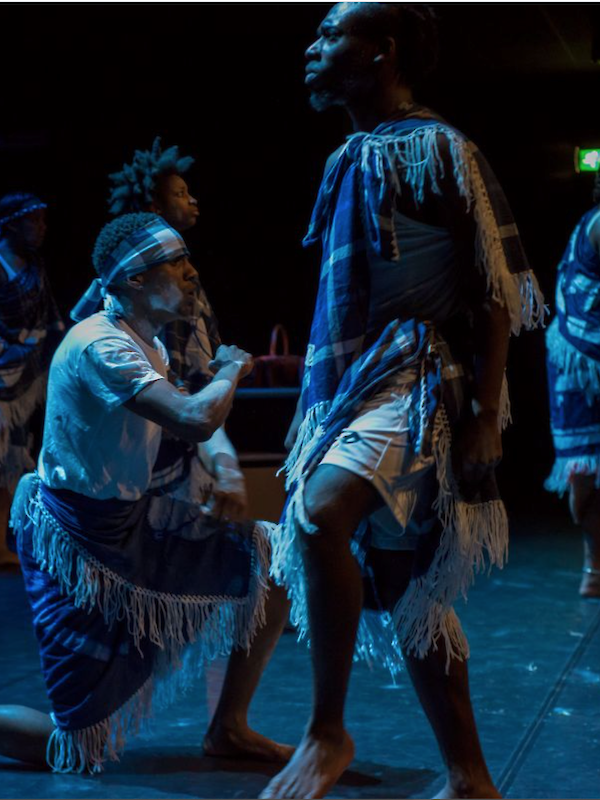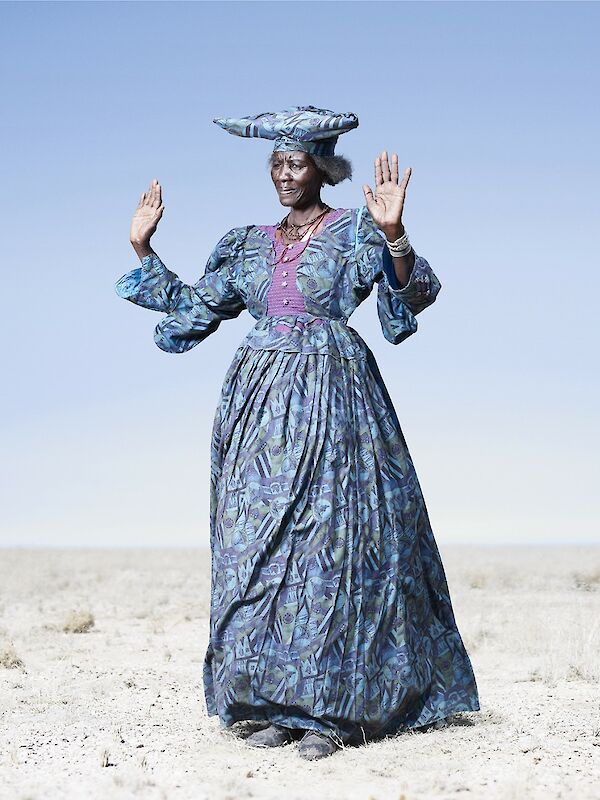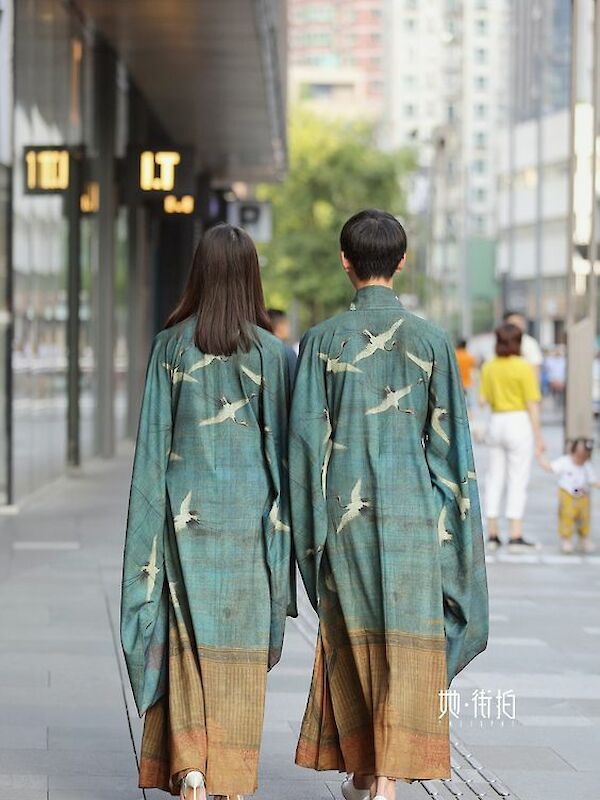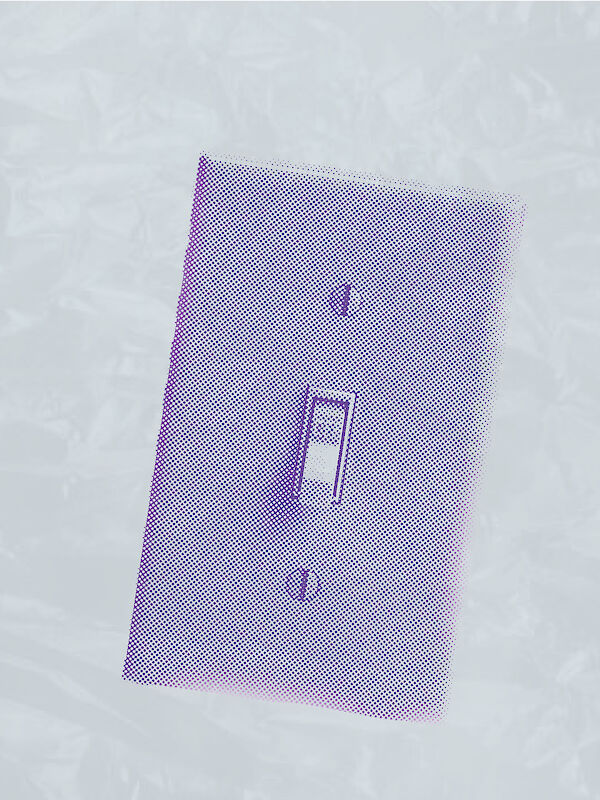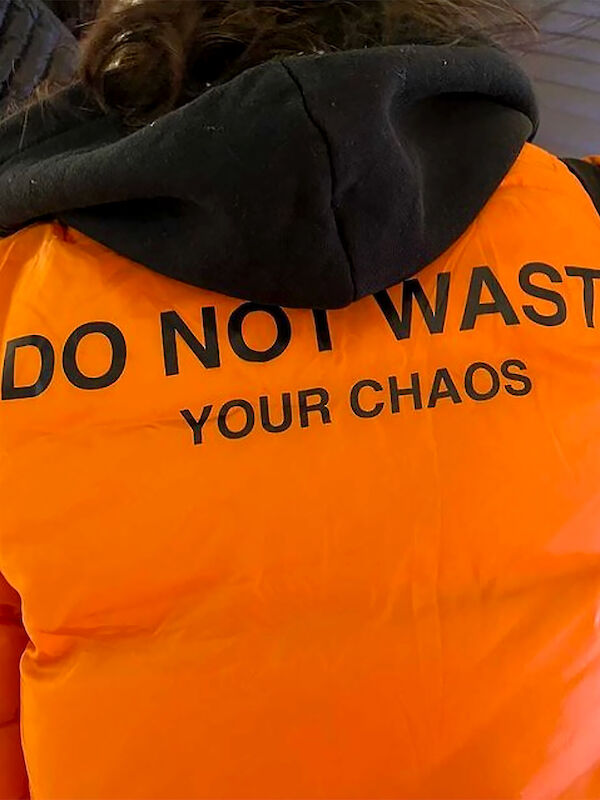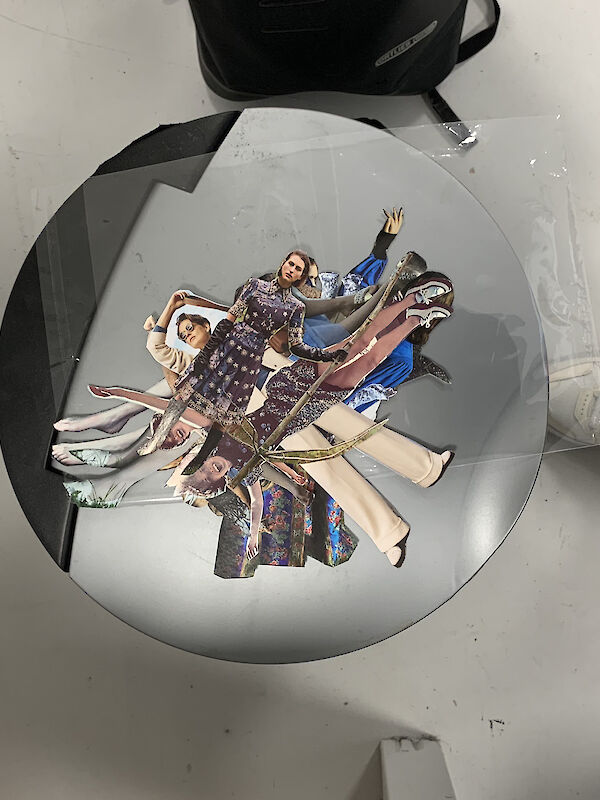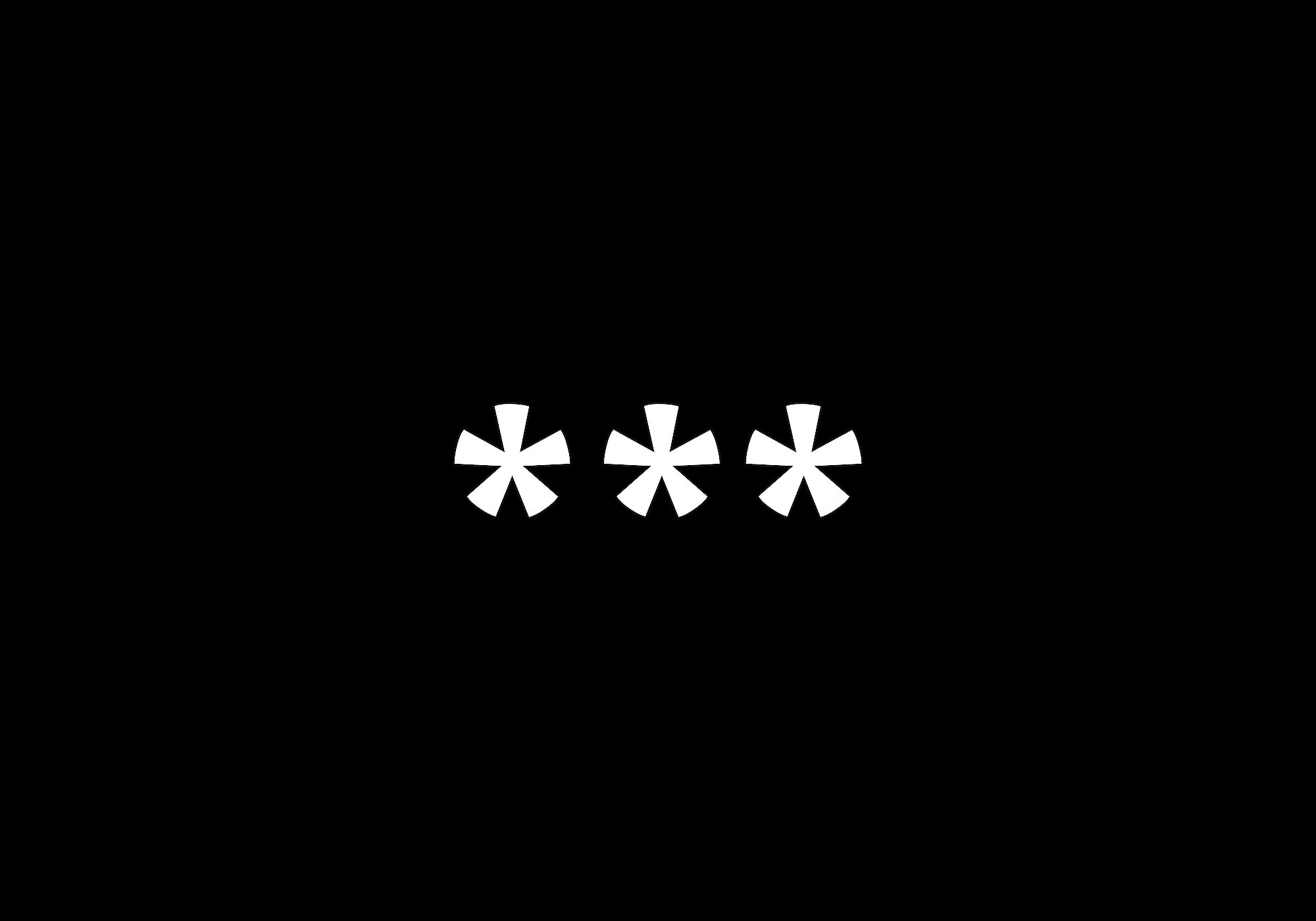
Jan Janssenswillen is not only the designer behind the ‘This is an Intervention’ graphic identity but also the founder of Gender*Language. We therefore invited him to curate a reading list to dive in the underlying themes of Intervention 04: Release.
Gender*Language is an online reader platform on Instagram compiling and sharing texts on the intersection of gender and language. The platform is edited and curated by Jan Janssenswillen, a queer designer working with socio-political subjects such as queer and gender identity, club culture and sustainable fashion (systems). As part of his graduation in 2019 at the Gerrit Rietveld Academie in Amsterdam, Gender*Language evolved out of an accumulating research into the impact of language on the construction of gender.
Gender*Language challenges the way we use an image-driven platform such as Instagram and simultaneously explores the distribution of knowledge outside the academic sphere. It serves as an educational platform, sharing knowledge on how gender lives and breathes within our spoken, written and visual language. The ongoing collection is shared through easy-to-read Instagram posts, intended to challenge the traditional forms of publishing and working with the flux and accessibility of social media.
As part of Intervention 04: Release, we will add fashion to the equation. This contribution is divided into three chapters, each looking at a different crossing of gender, language and fashion.
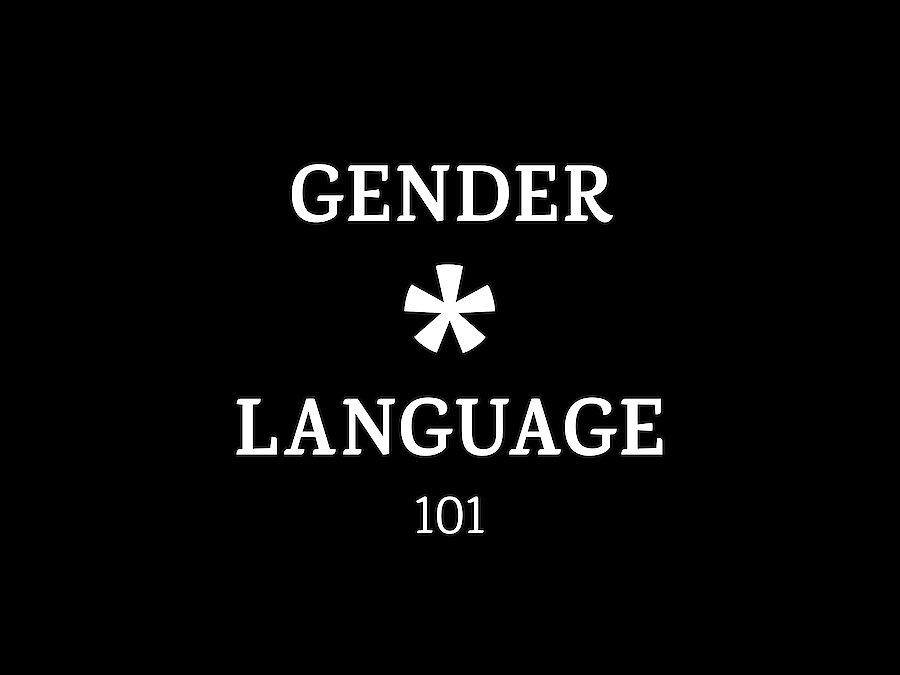
Gender-neutral Pronouns
The Development of Gender-neutral Pronouns across various Languages * Willemina Davidson * 2017
Read here
Gender-inclusive Writing
Gender-inclusive Language * The Writing Center, University of North Carolina at Chapel Hill
Read here
Grammatical Gender
Through the Language Glass: Why the World Looks Different in Other Languages * Sex and Syntax * Guy Deutscher * 2010
Read here
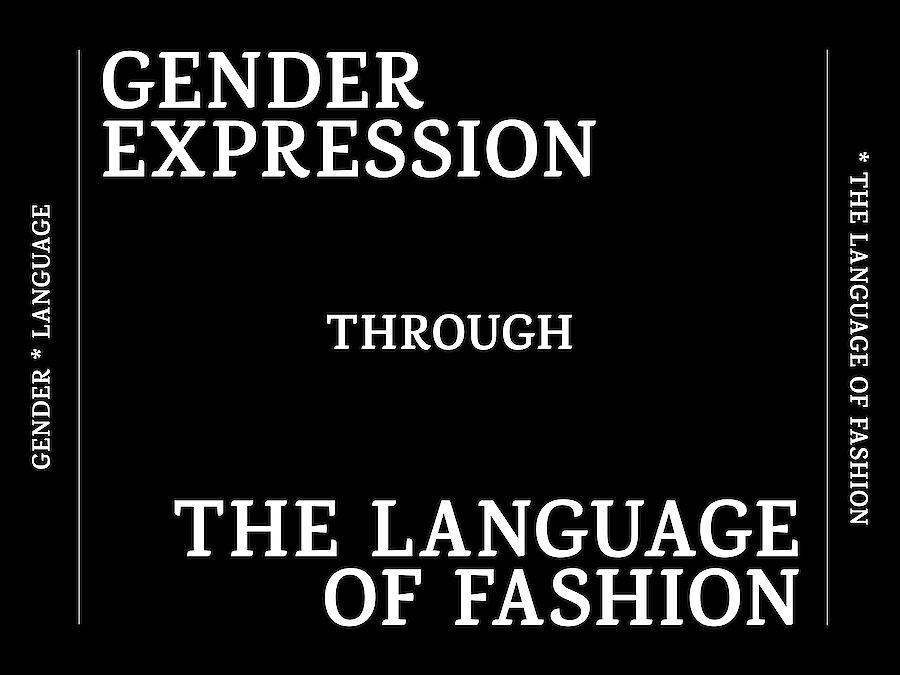
Construction of Gender through Fashion and Dressing * Zoi Arvanitidou + Maria Gasouka * 2013
During the last two centuries, the definitions of gender were bounded by increasingly blurred lines, expressing the cultural uncertainty surrounding masculinity and femininity. A chorography (especially the last two centuries) shows these different constructions of masculinity and femininity. Fashion, which in essence is the fantasy of escape from the typical role of individuals, guiding and shaping the male and female roles, with the major fashion designers to play the key role in shaping it.
The History of Gendered Clothing * Brut * 2020
Three sexist details on clothes. Pockets, buttons, heels: most of the gender differentiations in fashion have a very precise historical origin.
On Gender*Language
The High Life: A History of Men in Heels * Maude Bass-Krueger
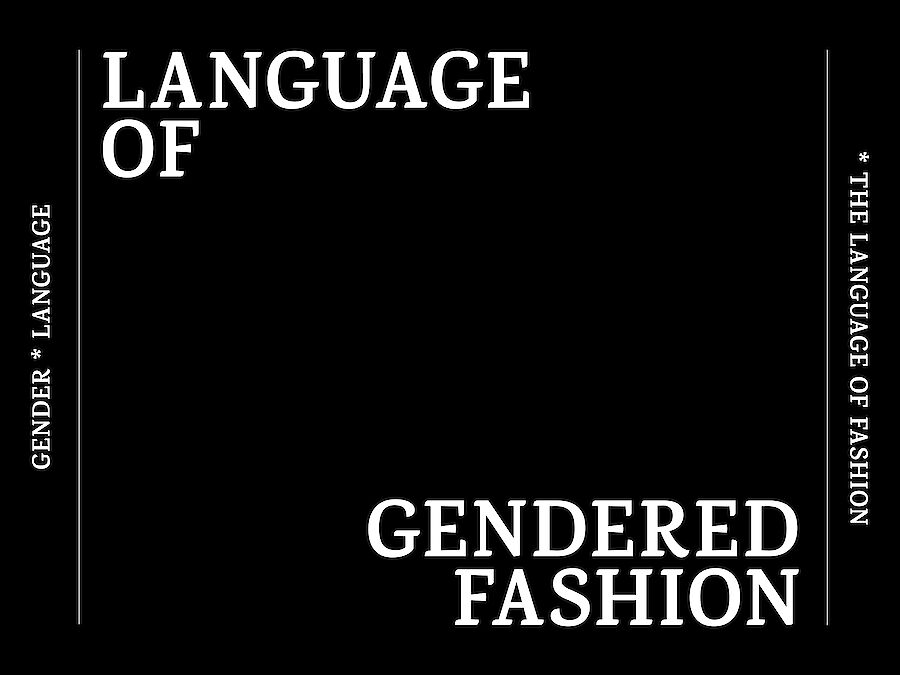
Genderless Fashion: A (still) Binary Market * Camilla Pinto Luna and Denise Franca Barros * 2019
Genderless fashion has recently gained prominence in the media. This research first posits that discourse in specialized media can influence the issues of power; we then seek to understand how the business and factual media discourse in Brazil describe the genderless fashion market through a critical discourse analysis. The results revealed essentially that the genderless fashion market still reproduces the stereotypes and gender patterns of the binary perspective.
How dress codes criminalize males and sexualize females of color * Alyssa Pavlakis and Rachel Roegman * 2018
Recent headlines in the popular press highlight stories of girls and young women who were forced to wear a sweatshirt over a tank top during a heat wave, put tape over their nipples if they were not wearing a bra, or remove hair extensions. Too often, school dress codes are enforced in ways that disproportionately impact students of color — both male and female..
On Gender*Language
Language, Gender and Politics: Putting ‘Women’ and ‘Power’ in the Same Sentence * Robin Lakoff * 2003
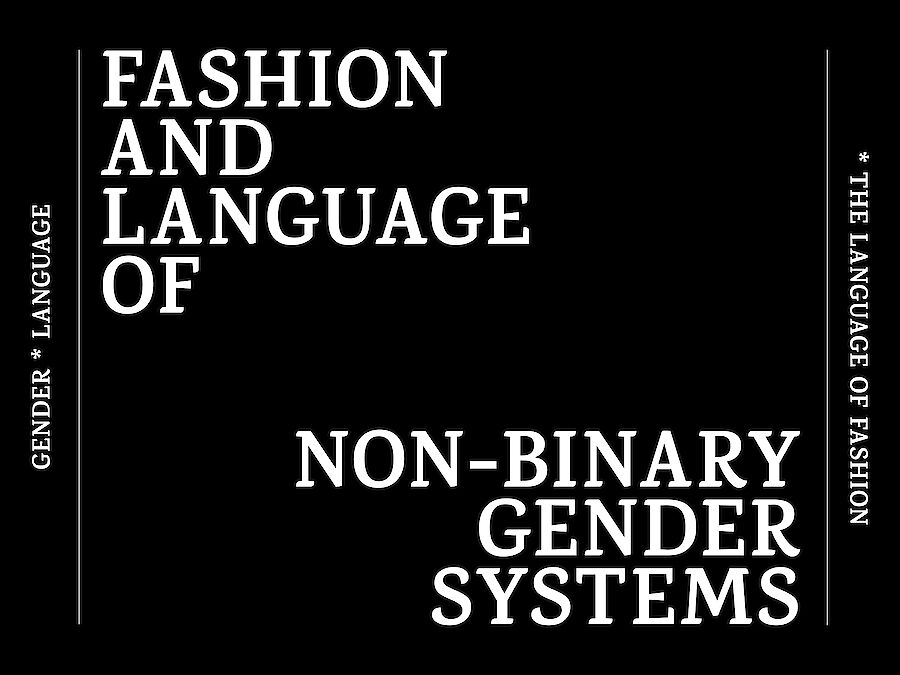
Two-Spirit Identity in a Time of Gender Fluidity * Margaret Robinson * 2019
Indigenous sexual and gender minority people have been identifying as two-spirit since 1990 and are reclaiming traditional Indigenous gender terms such as nádleehí or agokwe. At the same time, Settler-dominated communities are undergoing a cultural shift toward challenging binary categories of sex and gender, causing some Settler governments to adopt a multi-gender framework reminiscent of the Indigenous systems they aimed to erase through colonial systems and practices.
Delina White: Celebrating Gender Nonconformity in Indigenous Fashion
The Walker’s Terrace Thursdays played host to Indigenous Spirit: Gender Fluid Fashion, a celebration of nonconformity that highlights styles created by Native designer Delina White of IAmAnishaabe. Incorporating traditional and natural woodland influences of the Great Lakes, White’s latest collection features gender-fluid apparel worn by Two-Spirit models from across the Midwest.
On Gender*Language
Non-binary People aren’t a New Phenomenon - We’ve Been Here as Long as Humans Have Existed * Travis Alabanza * 2018
